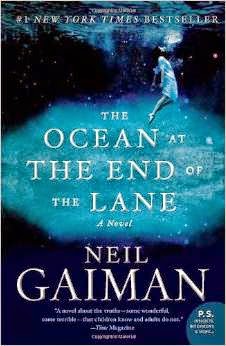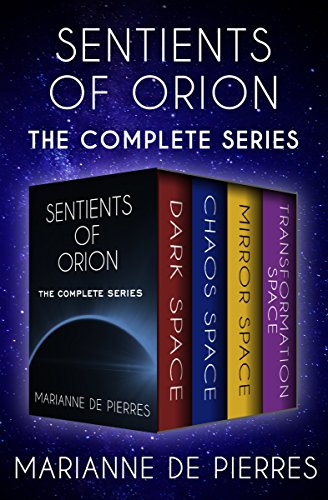 Book #1 in The Case Files of Justis Fearsson; new contemporary fantasy series from fantasy all-star David B. Coe. A hardboiled, magic-using private detective hunts a serial killer in Phoenix, Arizona.
Book #1 in The Case Files of Justis Fearsson; new contemporary fantasy series from fantasy all-star David B. Coe. A hardboiled, magic-using private detective hunts a serial killer in Phoenix, Arizona.
Justis Fearsson is a private investigator on the trail of a serial killer in Phoenix, Arizona. Justis is also a weremyste;a person with a wizard’s gifts and the ability to see into the paranormal world.
Unfortunately, weremystes also tend to go crazy on the full moon, which is why Justis is no longer a cop: hard to explain those absences as anything but mental breakdown. But now an old case from his police detective days has come back to haunt him, literally, as a serial killer known as the Blind Angel strikes again. His signature stroke: burning out the victims eyes with magic. Now the victims are piling up, including the daughter of a senator, and Justis must race to stop the Blind Angel before he, she, or it, kills again. There’s only one clue he’s got to go on: the Blind Angel is using the most powerful magic Justis has ever encountered, and if he doesn’t watch his own magical step, he may end up just as dead as the other vics.
Justis is a P.I. living from paycheck to paycheck. Then his old cop partner Kona calls and tells him that she believes that the serial killer “The Blind Angel” has returned. She asks him to come and look for magic surrounding the crime scene. Since Justis is no longer employed by the police department, he is hired as a PI separately by the senator’s family, to look into their daughter’s life.There’s a connection between the death and a new drug that is out called Spark.
Justis begins by tracing down the dealers and sellers of the drug to find out more about how the senator’s daughter was living at the time she died. He’s is aided by a shaman (Ghost) who guides him. However, the ghost cannot see a lot of things–especially with regard to Justis’ future–and becomes more of a moral support, keeping him on track with his training to perform harder and more powerful magic.
David Coe’s writing is not as procedural as a hard boiled detective novel would be; it conveys a more relaxed feel around the investigation but adds in more suspense through the magical side of the story and the world of weremyste and runemyste.
I found this story to be really interesting–the world building and details the author goes into regarding how the magic works; and the different supernatural worlds that overlap with the human world. The introduction of the drug Spark added another dimension. Though I thought that the narrative was going to be predictable, surprises popped up along the way, keeping me intrigued.
It’s a book I’d recommend to fans of James Swain and am happy to have lost myself in it for a couple of days. If you enjoy magical worlds and murder mystery with a twist, give this one a go!























 Neil Gaiman’s The Ocean at the End of the Lane is a masterful work of speculative fiction, which recollects an unnamed narrator’s childhood, which he is reminded of upon visiting a property known as the Hempstock Farm.
Neil Gaiman’s The Ocean at the End of the Lane is a masterful work of speculative fiction, which recollects an unnamed narrator’s childhood, which he is reminded of upon visiting a property known as the Hempstock Farm.














